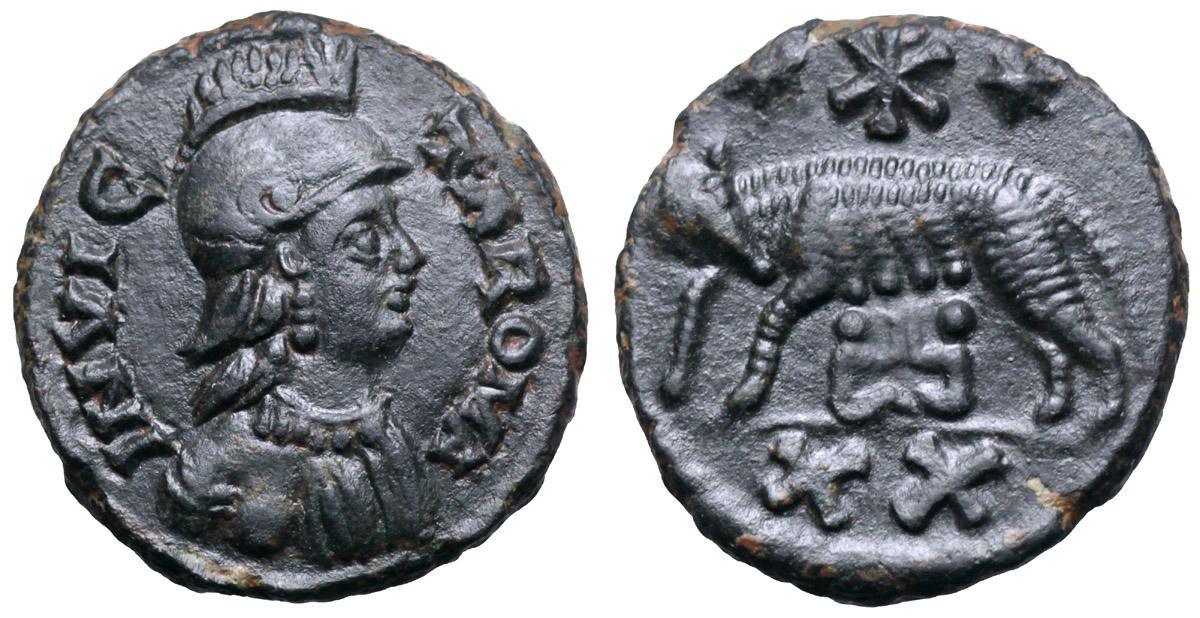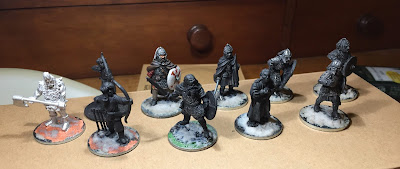After my last post I was itching to get to work on the small church from the Zegaani monastery site. So, during a break from my research I started playing around with the measurements and drew a couple of walls.
So far, so good...
I figured the entry would probably be a little taller and skinnier than a normal figure, although in hindsight I realised it could just as easily be a squeeze to get in.
I'm glad I went with my first instinct, though, as that left enough room to place a based figure in the vestibule (I think that's what you call the little antechamber at the entrance). Here are some progress shots:
The plan is to have either an altar or reliquary in the chancel/alcove and relatively clear space in the main area. This will all be done up with an interior, including frescoes, and detachable roofs. I just bought some styrene JTT Spanish tiles online, they look like this:
Excuse the white space, the photo came like that...
I've tried using corrugated cardboard in the past and wasn't 100% happy with it. I ended up buying a Hirst Arts pantile mould but they're a bit big for 28mm (but perfect for my Flintloque buildings). It's on its way, along with a Renedra plastic wattle outbuilding, hopefully here soon.
To wrap it up, the exterior will be weather a little bit, but nothing like that photos of what it looks like now! I imagine it being quite useful in the scenarios I have planned... a place to raid or defend from raiders, or perhaps a place to seek sanctuary (not always guaranteed to work).
I have also painted a couple of miniatures, although they aren't fully based yet. Here they are:
Saxon archer, Eureka and Viking, BTD... what is that helmet?!
One is a Saxon archer from Eureka, the other a Viking from Black Tree Design. I'm not too fussed about the ethnic labels, as you probably know (if not, read my earlier posts!). They're fighting men and that's good enough!
As for rules, I'm looking at Pulp Alley to start out. I bought the first edition a long time ago, and just purchased the solo module. I know there's a second edition out, but will try these first. You can field small groups of 5 or 6 figures to about 15... although the more numerous the less well-trained they are. This gives me enough to play around with for narrative games to decent skirmish battles.
Anyway, I've gone on long enough now - thanks for reading!



























